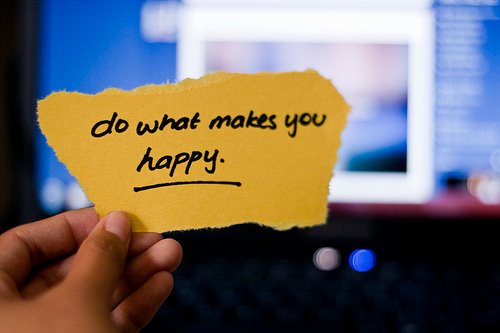|
One of the things I have been fascinated with as a Resilience & Joy Focused practitioner, are the hidden costs of living in a technologically focused age with all of it’s “time saving” and “efficient” devices that have been taking over tasks that humans engaged in by hand over centuries. While, many of these technological advancements have provided enormous benefits in every arena of life, they have also inadvertently relegated to the ‘lost’ pile, certain vital mental, physical and relational benefits and most importantly the satisfaction that joy that can only be derived from living a hands-on life.  Dr. Carrie Baron, the author of The Creativity Cure, How to Build Happiness with Your Own Two Hands, writes eloquently about the ways in which, “hands-on work satisfies our primal need to make things and could also be an antidote for our cultural malaise. Too much time on technological devices and the fact that we buy almost all of what we need rather than having to make it has deprived us of processes that provide pleasure, meaning and pride. Making things promotes psychological well-being. Process is important for happiness because when we make, repair or create things we feel vital and effective. It isn’t as much about reaching one’s potential as doing something interesting–less about ambition and more about living. When we are dissolved in a deeply absorbing task we lose self-consciousness and pass the time in a contented state.” Dr. Kelly Lambert, neuroscientist at University of Richmond, who explores the relationship between hand use, current cultural habits, and mood, has shown that “hand activity from knitting to woodworking to growing vegetables or chopping them are useful for decreasing stress, relieving anxiety, and modifying depression. There is value in the routine action, the mind rest, and the purposeful creative, domestic or practical endeavor. Functioning hands also foster a flow in the mind that leads to spontaneous joyful, creative thought. “ What is immensely healing and corrective from a psychological stand point with all of these activities, is the emphasis on the process of doing and creating rather than accomplishing or competing. Finding satisfaction in the process of creation, helps create new neural pathways to feeling self esteem and confidence and a sense of pleasure and satisfaction in life. Here are 5 simple and gratifying ways we can return to more hands on activities and help our brains and bodies build resilience, and experience joy through a sensory rich life.
5 Comments
|
Anjuli Sherin, LMFTWelcome to Joyous Resilience Blog! An inspiring resource for fellow lovers of Joy, Healing, Beauty, Nature, Literature, Cinema, Art, Poetry, Music, Dance, Food, Culture, Photography & Spirit. Let's Share In Joy. Do Good In The World & Have Fun Whenever Possible! Categories |


 RSS Feed
RSS Feed